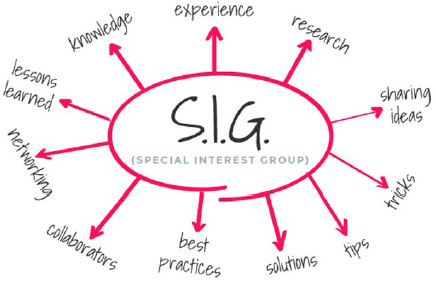

What are the advantages and disadvantages of special interest groups within the democratic system of government? Should governments allow professional lobbyists to influence government legislation? Why or why not? In your explanation, provide an example of an actual special interest group impacting a government policy.
To answer this week’s questions, let’s first see what a Special Interest Group is. According to our textbook, SIGs are some societies and groups that are not too big in number compared to the whole nation, but they are well organized and focus on certain problems (Greenlaw & Shapiro, 2018). These groups have policy goals and make efforts within the political system to foster their goals.
There are several pros and cons of Special Interest Groups within the democratic system of government. Let’s speak about the advantages first. For enhancing democracy, it is very important to not let any single interest monopolize the attention of the government. Therefore, SIGs can serve the common good by adding more voices to participate in the political process. Also, it can be difficult for the government to decide what is really important for the citizens without involving them in the process. Interest Groups create healthy competition and, therefore, produce fairness. People become more involved in politics, while political legislators become more motivated to take action.
Now let’s take a closer look at the disadvantages. In theory, SIGs should protect the interests of the many, but in reality, not all are heard, and often only narrow interests catch political attention. Therefore, the group enjoys the more influence the more it is resourced monetarily and institutionally. When Interest Groups have equally loud voices, policymakers can become confused. Such confusion can slow down the policies making process. Another common problem is the fact, that SIGs usually concentrate their attention on only one subject. They don’t advocate for other issues even if they are connected with the one they are interested in.
An example of a special interest group is the famous American Red Cross organization. It helps to deliver vital services such as support to people in crisis or helping to be prepared to respond in emergencies. This interest group represents before Congress and coordinates all requests and responses to legislative branches. The work of this special interest group is extremely important, and it has representation in about 200 countries all around the world.
References
Greenlaw, S. A. & Shapiro, D. (2018). Principles of microeconomics, 2e. Open Stax Rice University. Retrieved from https://d3bxy9euw4e147.cloudfront.net/oscms-prodcms/media/documents/Microeconomics2e-OP.pdf
